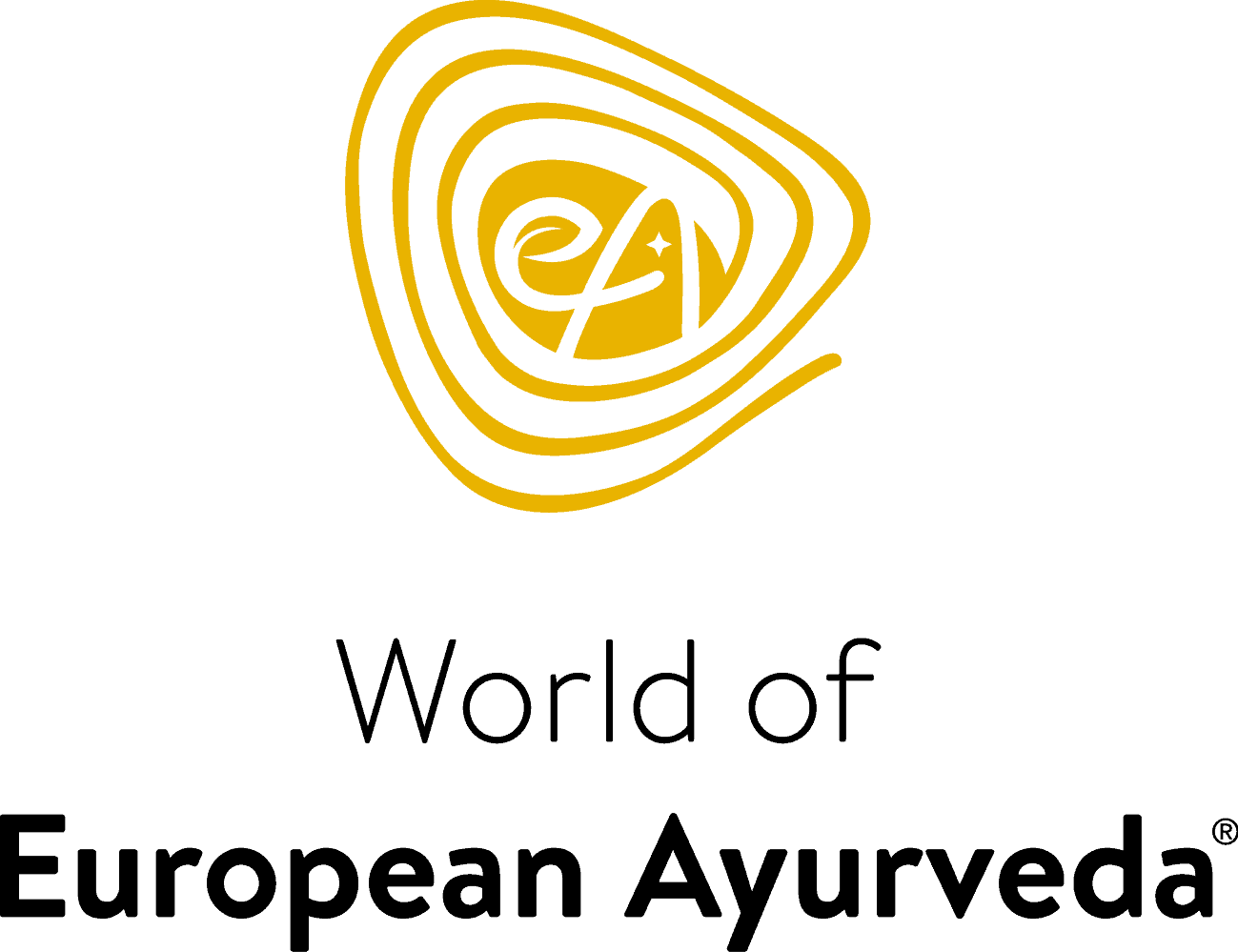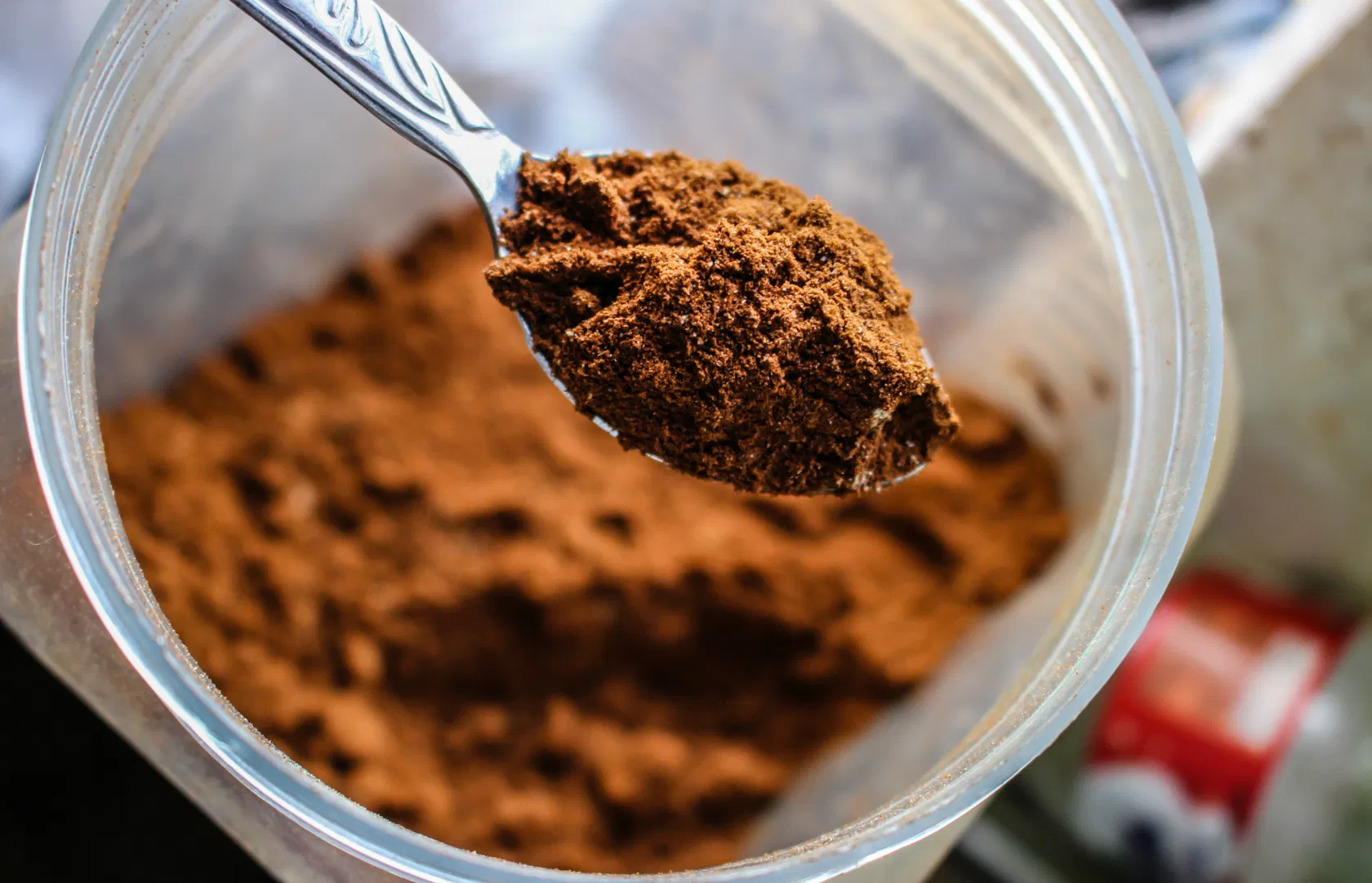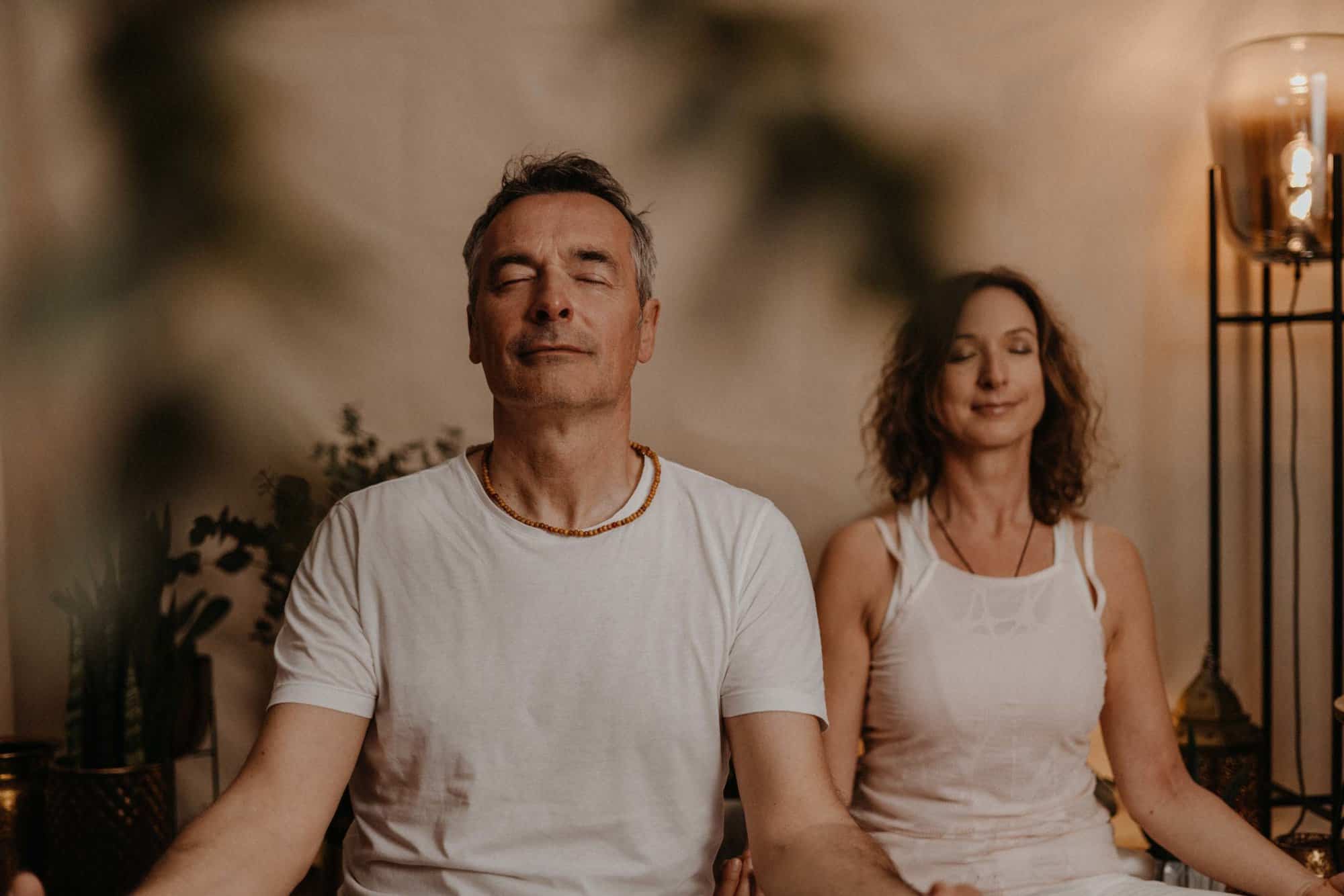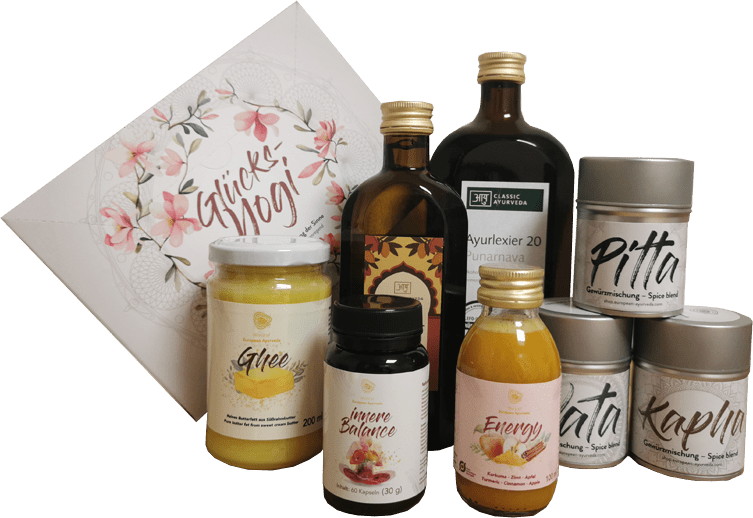Manjistha brings clarity to body and mind and helps to regain strength. Thanks to its blood-purifying properties, manjistha root is particularly beneficial for kaphaand pitta disorders and makes stressed and diseased skin radiantly beautiful again. In this guide, you will learn about the positive benefits you can derive from the root and how to best use it.
Interesting facts about the Manjistha plant
Manjistha, also called Rubia cordifolia or Indian madder, is an evergreen climbing plant found mainly in the hilly regions of China and Southeast Asia. There it can grow up to 1.5 metres high and develops elongated, kidney-shaped leaves. In German, the plant is known as Färberwurzel (dyer's root) because a red dye used to be extracted from the brownish bark of the roots, which was used to dye fabrics.
The name "Manjistha" is Sanskrit and means something like strong red. This is already a small hint at the blood-purifying properties of the root, because in Ayurveda it is therefore considered an important remedy. The dried dyer root is used as a powder and has many positive properties.
Manjistha Churna: Effect of the dyer's root
In India, the plant is known as a traditional remedy, because in Ayurveda, the Manjistha plant is said to have special healing powers. Thus, it can support us in getting back into balance by reducing excess Pitta and Kapha.
In this way, it helps to rid the body of toxins.
It can bring us clarity and purity again, both physically and mentally. We will now take a closer look at what it can do in detail.
Purification of the blood
Manjistha is considered one of the most powerful blood purifying plants in Ayurveda. If toxins get into the blood, this can often cause violent physical reactions. However, the root has a gentle detoxifying and antibacterial effect. As a natural blood purifier, it is said not only to improve blood quality, but also to facilitate circulation in the venous system. In this way, it can prevent blood clots from forming.
After childbirth ( when not breastfeeding ), the plant helps heal the uterus and can have a calming effect on menstrual cramps. It also cleanses the liver and supports its function, thus counteracting various skin diseases or jaundice.
Lymphatic system: detoxify the body with dyer's root
Dyer's root is particularly known for supporting the lymphatic system. It is important that this system functions well because it is responsible for fighting toxins and pathogens. Even if you eat a healthy diet, you are constantly at the mercy of various environmental toxins. To get rid of these toxins, the lymphatic system has to work hard.
If it becomes sluggish in the process, we notice this mainly through Kapha disturbances. We become tired, lethargic and exhausted or get skin problems, sore throats and swollen hands and feet. Manjistha acts as an important aid to the lymphatic system, as it supports the natural purifying and nourishing functions of the system. It helps to remove toxins and purify the body. In this way, you feel freer and healthier again!
Healthy skin and radiant complexion

When Pitta is elevated, the skin becomes slightly red and irritated by the heat.
However, with its bitter properties, Manjistha has a calming effect and dampens the Pitta dosha again.
This makes the root particularly beneficial for skin conditions such as acne or psoriasis. Discolourations and pimples are reduced and the skin glows again in all its natural strength!
Stress is reduced
Manjistha also has an uplifting effect on stress, anxiety or depression.
After all, all these problems can not only be mentally stressful, but also cause physical suffering such as headaches, tension or heart problems.
However, by taking the root, the body and mind become freer again and muscle tension is gently released.
Does Manjistha have side effects?
In principle, the intake of dyer's root is generally considered harmless. Nevertheless, you should not overdo it with the amount and always stick to the prescribed dose. Pregnant and breastfeeding women as well as children should, however, avoid it altogether. If you have serious liver or kidney diseases, it is important that you consult your doctor before taking it.
Caution: Do not be alarmed, because taking Manjistha can turn the urine red!
Application of Manjistha: Dosage and tips
This versatile root can be used both internally and externally. As a powder, it can easily be taken between meals. Add 1-2 teaspoons of the powder to a cup of hot water. Then drink this mixture twice a day at least 30 minutes after eating - the first dose is best taken right after breakfast! Alternatively, there are also Manjistha capsules that you can take. But the health-promoting root can do much more!
Face mask and paste for the skin
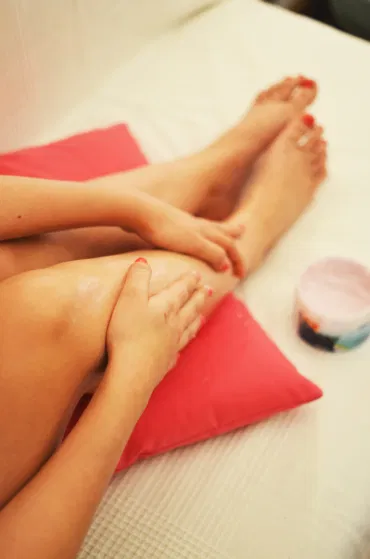
For skin diseases such as itching or acne, Manjistha, applied externally, can bring pleasant healing. Simply mix the churna with a little honey to make a paste and spread it on the skin. Leave it on for about 10-15 minutes and then rinse it off with some lukewarm water. This soothes the skin and makes it glow again!
If you want to give your skin an extra glow, you can also try this mask. Here's what you need:
- 100 g orange peel, dried and crushed
- 50 g sandalwood
- 50 g turmeric
- 50 g manjistha
The mask gives your face a fresh glow and also helps to remove traces of increased Pitta. As a precaution, however, you should first try both face masks on a small strip of skin to see how your skin reacts.
Pastes for wound healing
Besides its cleansing effect, Manjistha is also used in Ayurveda to support wound healing.
Here are our two favourites for application:
- For broken bones: To support the tissue formation of a broken bone, you can mix a paste of manjistha powder, whey and liquorice and apply it. The mixture promotes healing in a natural way.
- For burns: For burns, there is a separate preparation made from Manjistha, ghee, red sandalwood and Anseveria zeylancia. When carefully applied to the corresponding area, it reduces pitta and can thus also support wound healing.
Manjistha for the hair
Do you suffer from hair loss or dandruff? In that case, people with sensitive and damaged scalps can benefit from dyer's root. Simply mix a paste of water and the churna of the root and spread it on your hair. After about 10-20 minutes, you can rinse the mixture with warm water; you won't need any shampoo.
Our secret tip: As a preparation for colouring your hair, this paste is also good for gently caring for your scalp and hair. Depending on the hair structure, simply leave it on for about 60 minutes before rinsing it out. Afterwards, a plant-based hair colour is used and the hair remains healthy and strong despite the colouring.
Manjistha helps you to achieve a holistic cleansing and allows you to go through everyday life clear and lively again. It frees you from harmful toxins and brings your skin back to a healthy glow. Just try one of our pastes and convince yourself of the healing effect!
